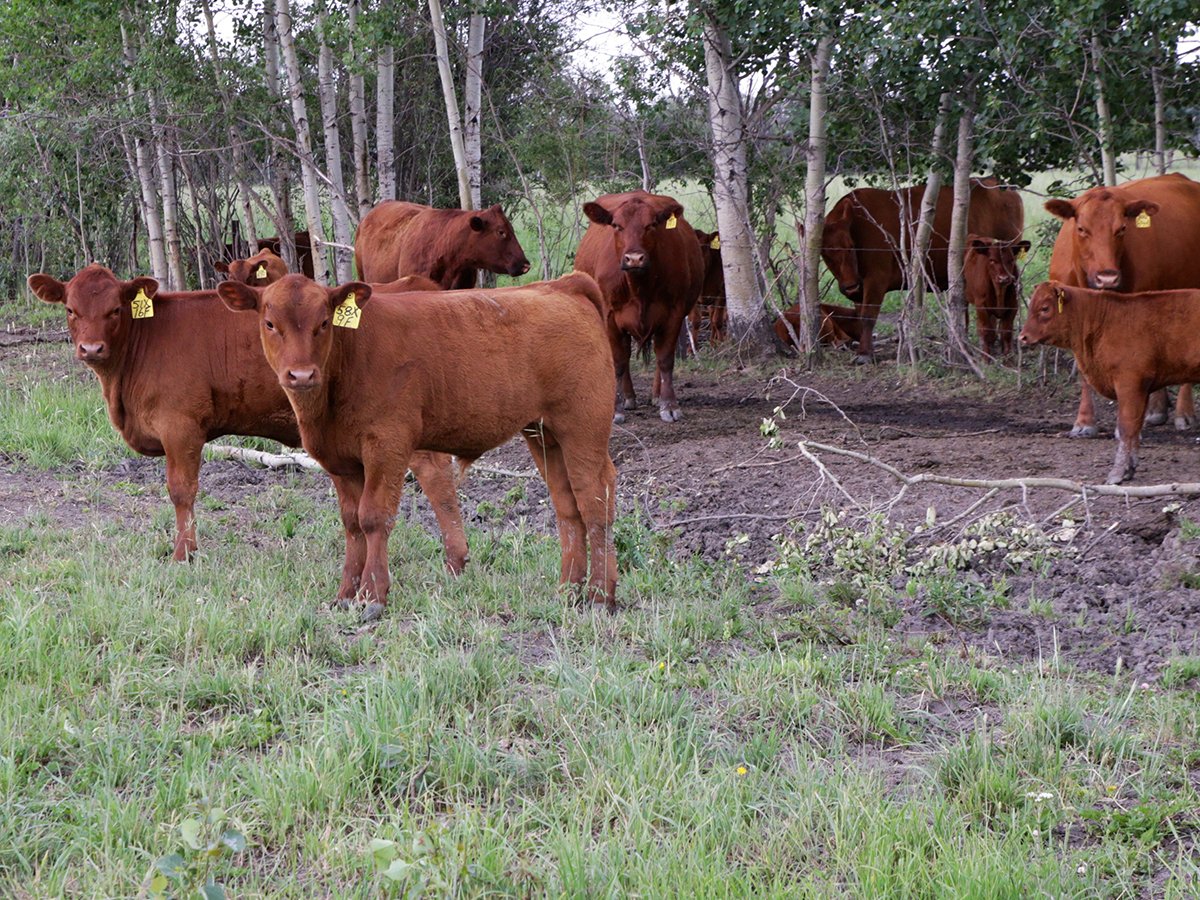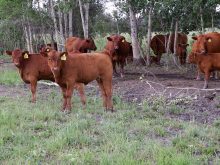LAKE LOUISE, Alta. – Uncertainty over regulatory changes is constraining CN Rail from making substantial investments to its service.
“We need to know now, what we’re heading for,” said CN western vice-president Sandi Mielitz. The company welcomes changes like deregulation and privatization but is delayed by government slowness on decisions like the size of the western grain transportation subsidy and how it will be paid.
Last year, CN considered buying 1,000 to 2,000 rail cars because of the shortage in North America.
“There’s far too much uncertainty out there for us to make a decision right now to spend $75 million, which is approximately what 1,000 cars would cost without knowing what constraints will be on that return,” she told the Western Canadian Wheat Growers convention here Jan. 6.
Read Also

Feeder market continues the climb
For the week ending Aug. 30, Western Canadian feeder cattle markets traded $4-8 per hundredweight higher on average.
“We absolutely must have a clear investment framework in which to make decisions.”
Her company welcomes privatization and deregulation saying it could efficiently offer a more competitive service.
“Privatization is probably the most exciting potential thing that has happened to us in 53 years,” she said. “We would love to be privatized as soon as it can be done.”
To improve rail service to farmers, she wants larger car allocations, speedier elevator consolidation and the ability to deal directly with grain companies so they know how many cars are required for as-needed delivery.
Mielitz predicted future rate structures would allow grain to move under tariff based on distance, commodity and its destination. The same rates should apply to all commodities and discounts offered under special circumstances. The rates should also be regulated by the National Transportation agency.
Mielitz said coal, sulphur and potash freight rates are lower than what is charged to move grain. These rates have declined since 1987 while grain rates are relatively stable.
For those concerned about lack of competition if the railways are deregulated, she said with the exception of Peace River, most farmers are close to alternative methods of moving their grain by truck or via American rail lines.















